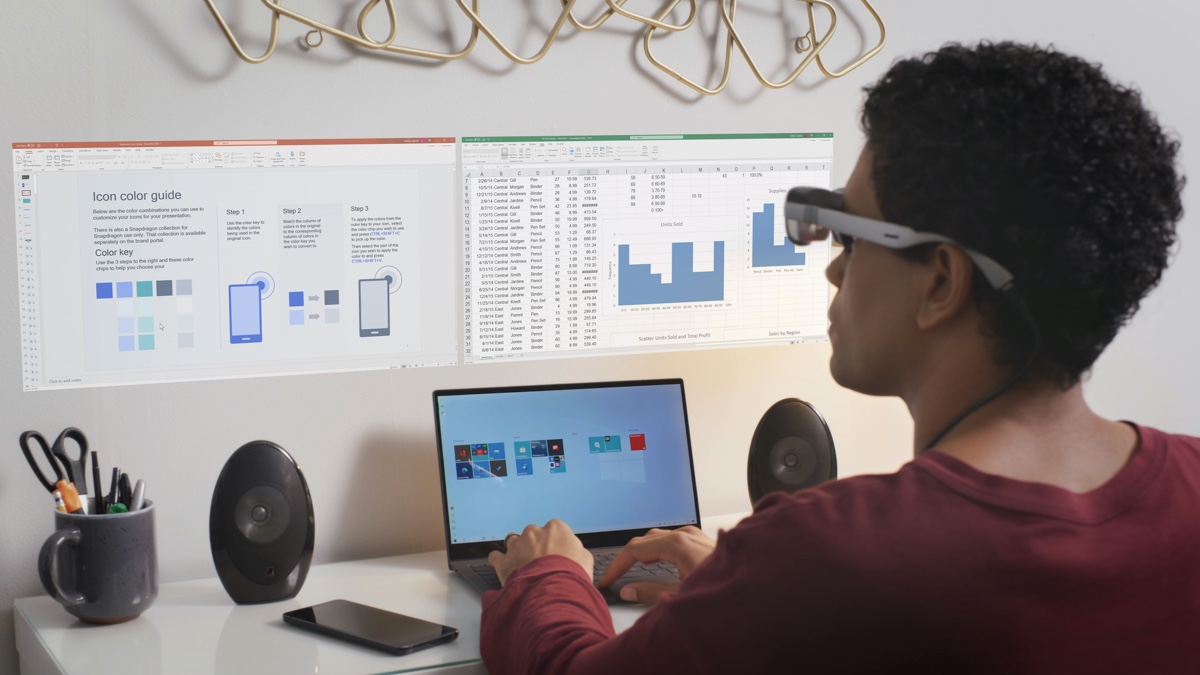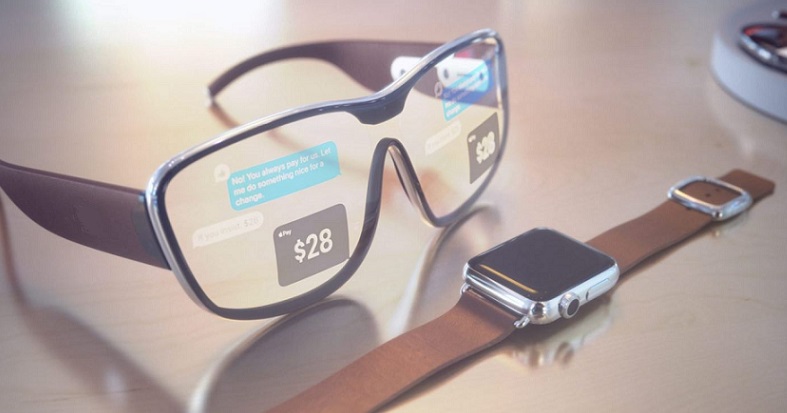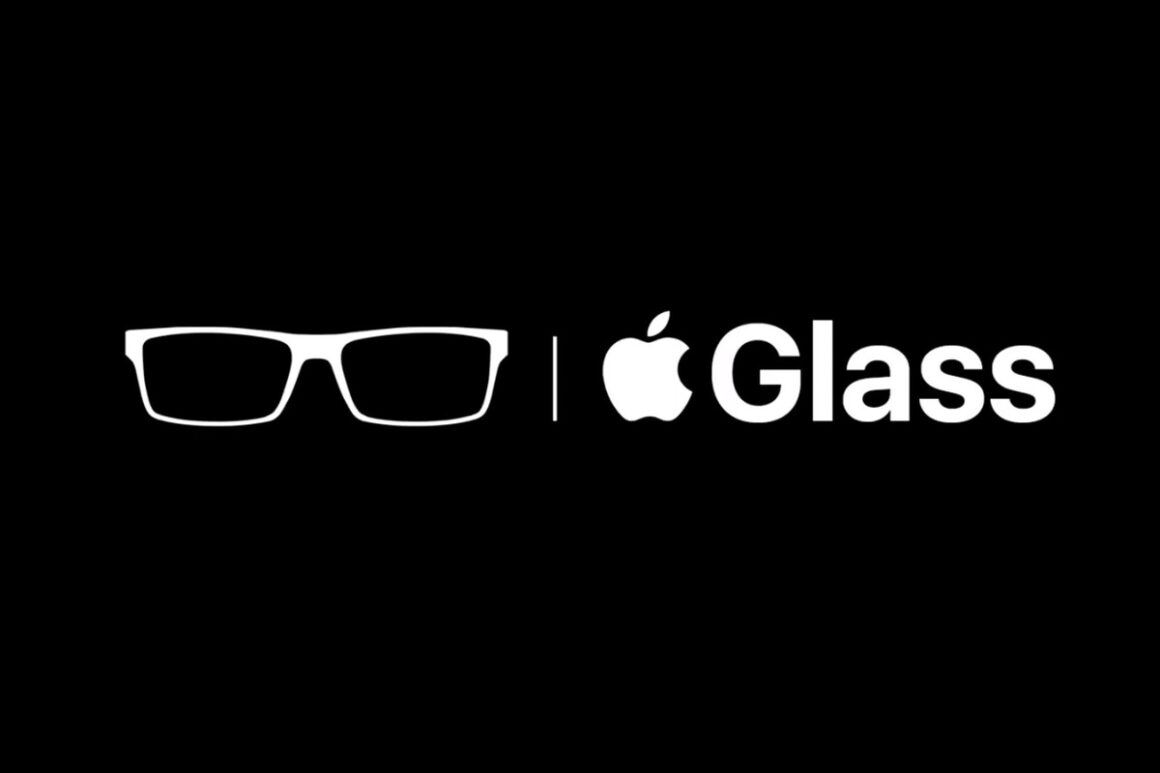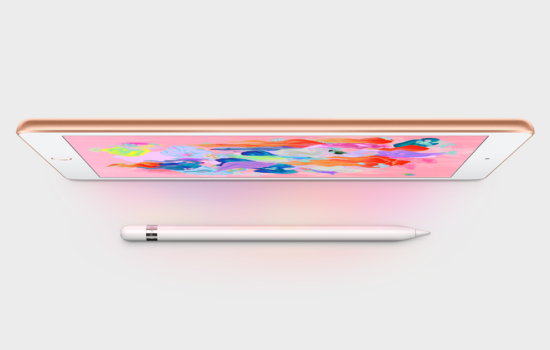Smartphones have become boring. With the same design, year after year, tech companies now look towards the next evolution of personal technology. As foldable and rollable phones start to enter the market, their astronomically high prices hinders their mass adoption.
So, what is the next big ‘one more thing’ that is both affordable but revolutionary?
Smart Glasses

Enter smart glasses. They are like glasses, yet, they will be capable of transporting you into a whole new different world. But let’s back up a bit. Smart glasses, for now, are nowhere near what Tony Stark’s hyper-smart glasses are. Current day and age smart glasses have limited features such as listening to audio or using AR to give directions.
This is where Apple hopes to buck the trend. But not just Apple. Samsung, Amazon, and other tech companies have also joined the competition to create smart glasses.
Over the past year, we’ve seen quite a few interesting patents for the Apple Glass. However, those patents only help to give us a rough idea of Apple Glass 1st gen’s features and design.
As Apple Glass continues to be under wraps, we do have some information about them thanks to Jon Prosser (Host of Front Page Tech). According to his sources, the 1st generation will process the data on an iPhone and have LiDAR instead of cameras. Additionally, it will have “displays in BOTH lenses” and be “controlled via gestures on and in front of device”.
Now, let’s compare it to Apple Watch for a second. Apple Watch 1st gen was limited in its features. However, with subsequent generations, it gained more features that were processed on the Apple Watch. So, what can we expect from a 10-year roadmap of Apple Glass?
Apple Glass Future

Apple has reportedly positioned the Apple Glass as becoming the next iPhone, 10 years down the line. According to Bloomberg’s Mark Gurman, it is “expected to synchronize with a wearer’s iPhone to display things such as texts, emails, maps, and games over the user’s field of vision”. Additionally, Apple is planning to have a dedicated app store for Apple Glass and thus, opening the door to third-party apps.
One of the biggest problems that would potentially doom the Apple Glass would be making Apple Glass inaccessible to those who have poor eyesight. However, according Jon Prosser’s source, Apple will include prescription. Additionally, Apple has a patent which alludes to an optical subassembly that can be used in eyeglasses. By using the optical subassembly, the lens will help to correct the vision of a user through the glasses. We can be certain that Apple is working on a way to make Apple Glass accessible to people who wear glasses without requiring prescription.
While it might be exciting to envision a future where our smartphones are our glasses, technologies involved to make smart glasses must also improve greatly. Most advanced smart glasses on the market have quite a bit of weight, making them uncomfortable to wear for long periods of time.
If the smart glasses technology continues to improve at a fast pace and Apple can make Apple Glass accessible to people with poor eyesight, then we may just be wearing an iPhone in 10 years.







